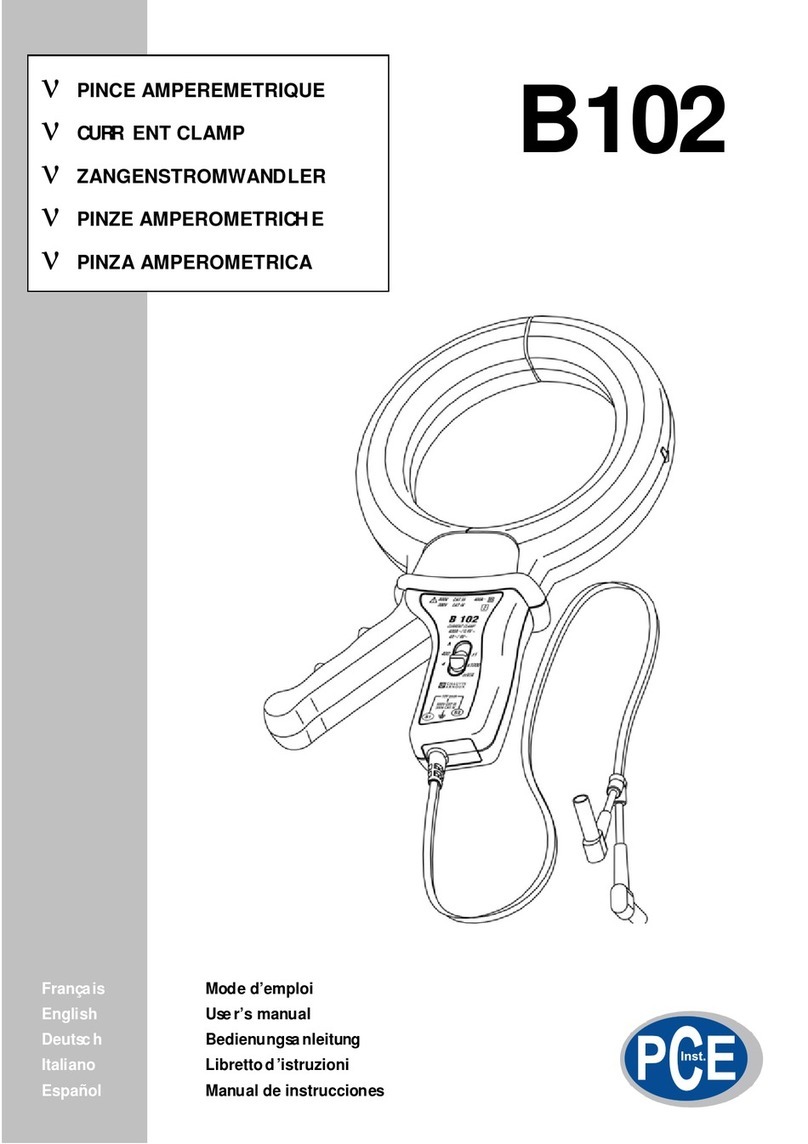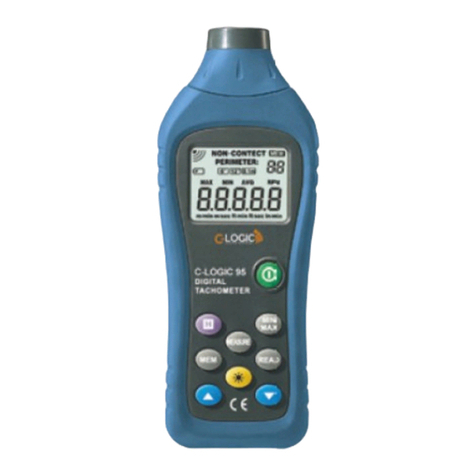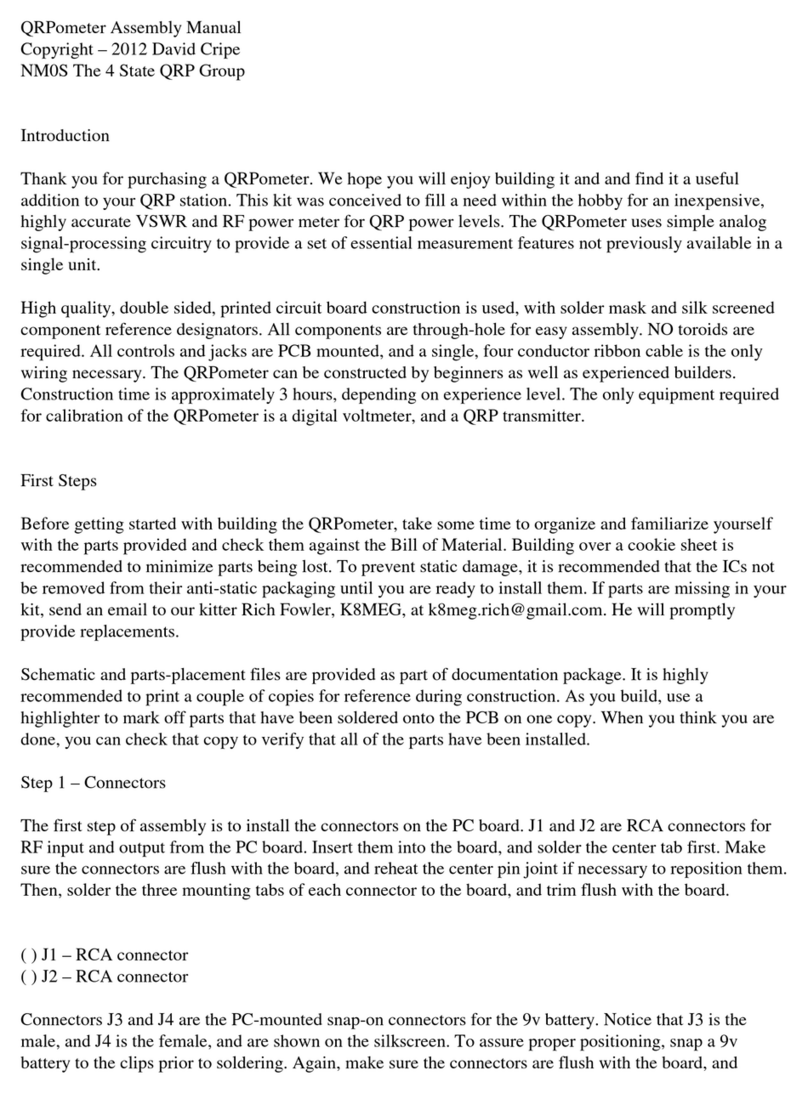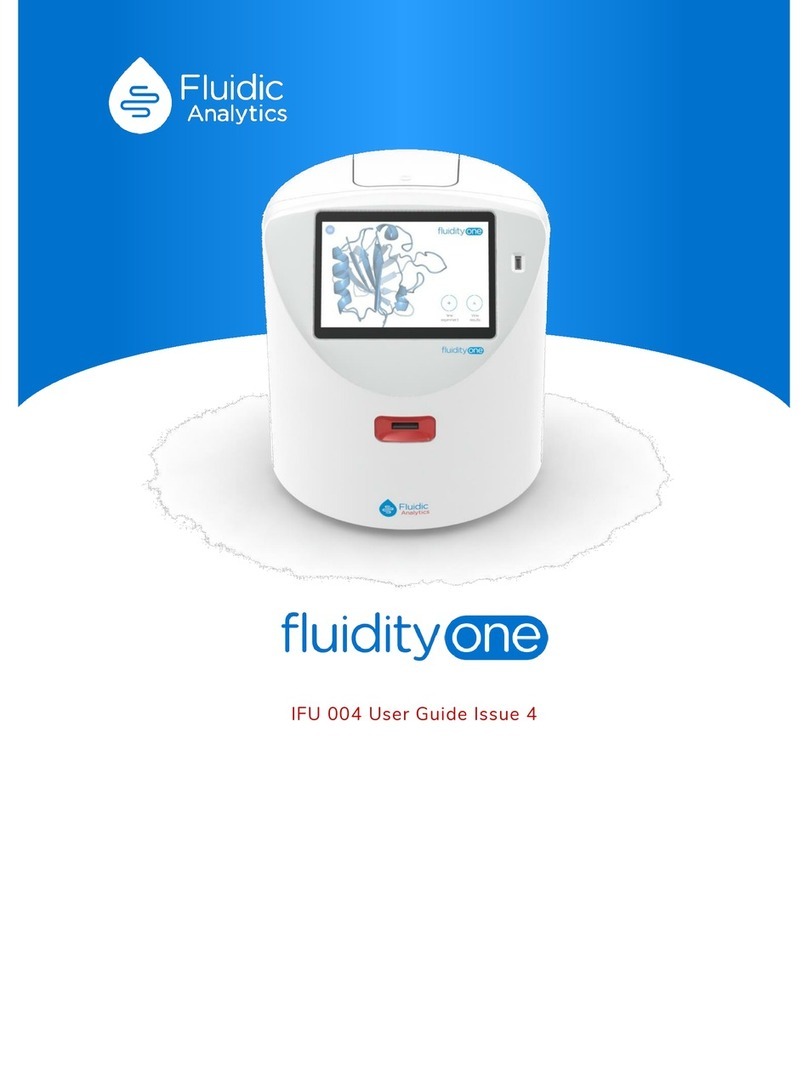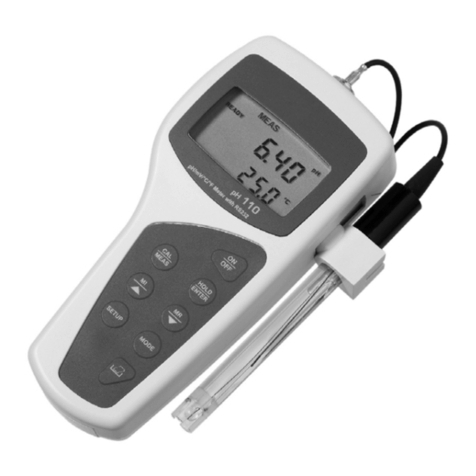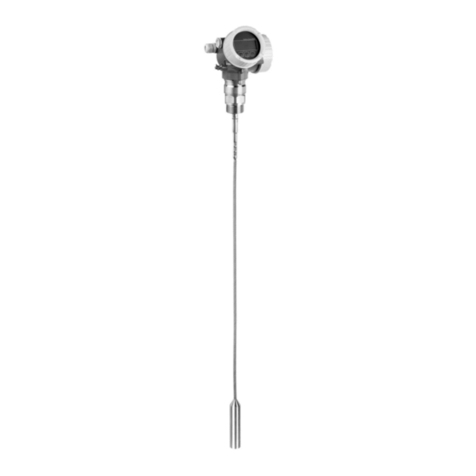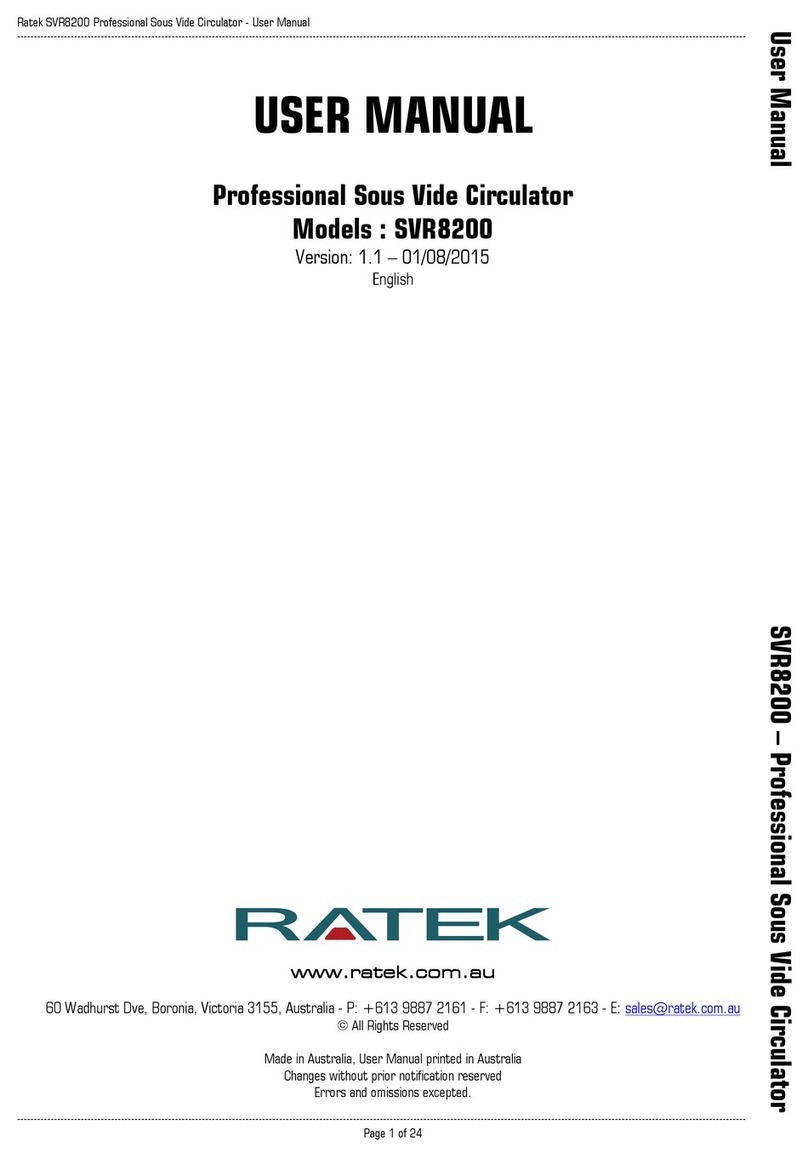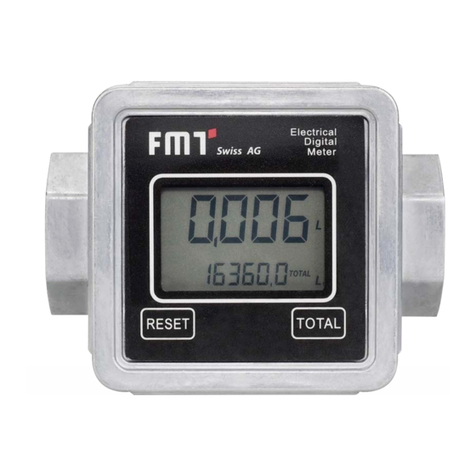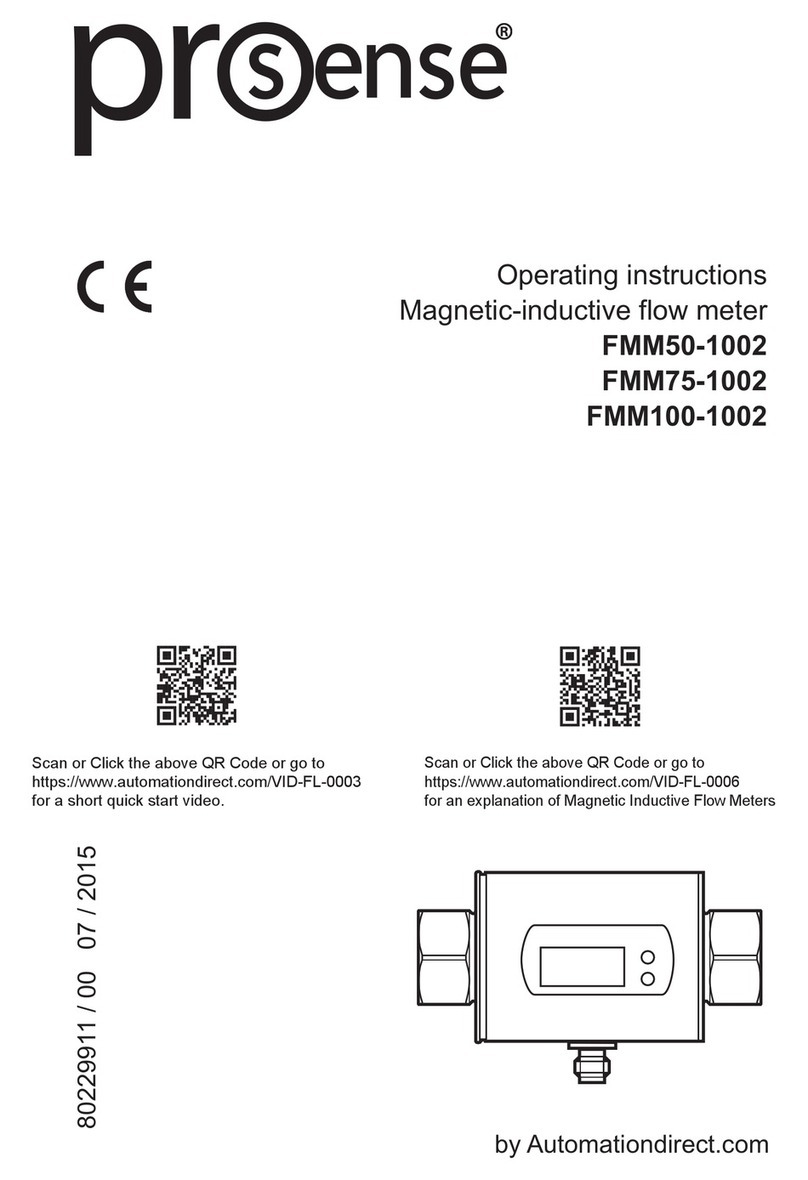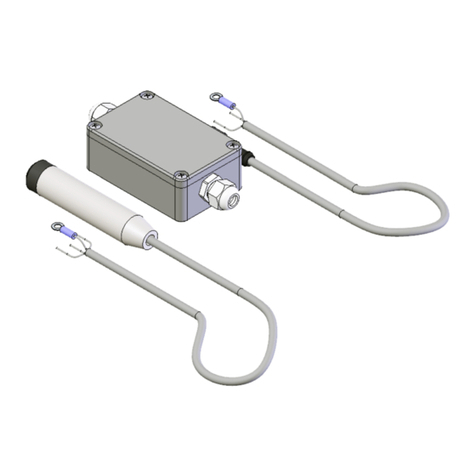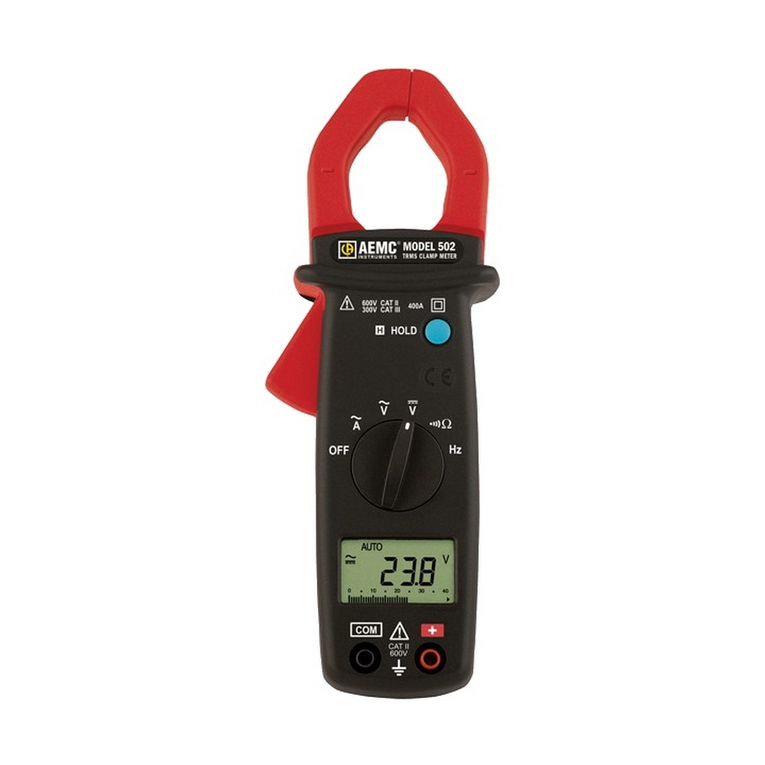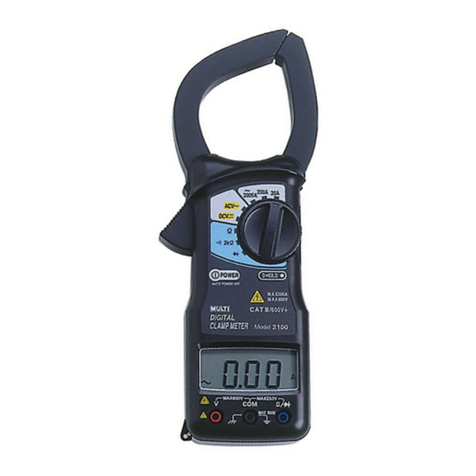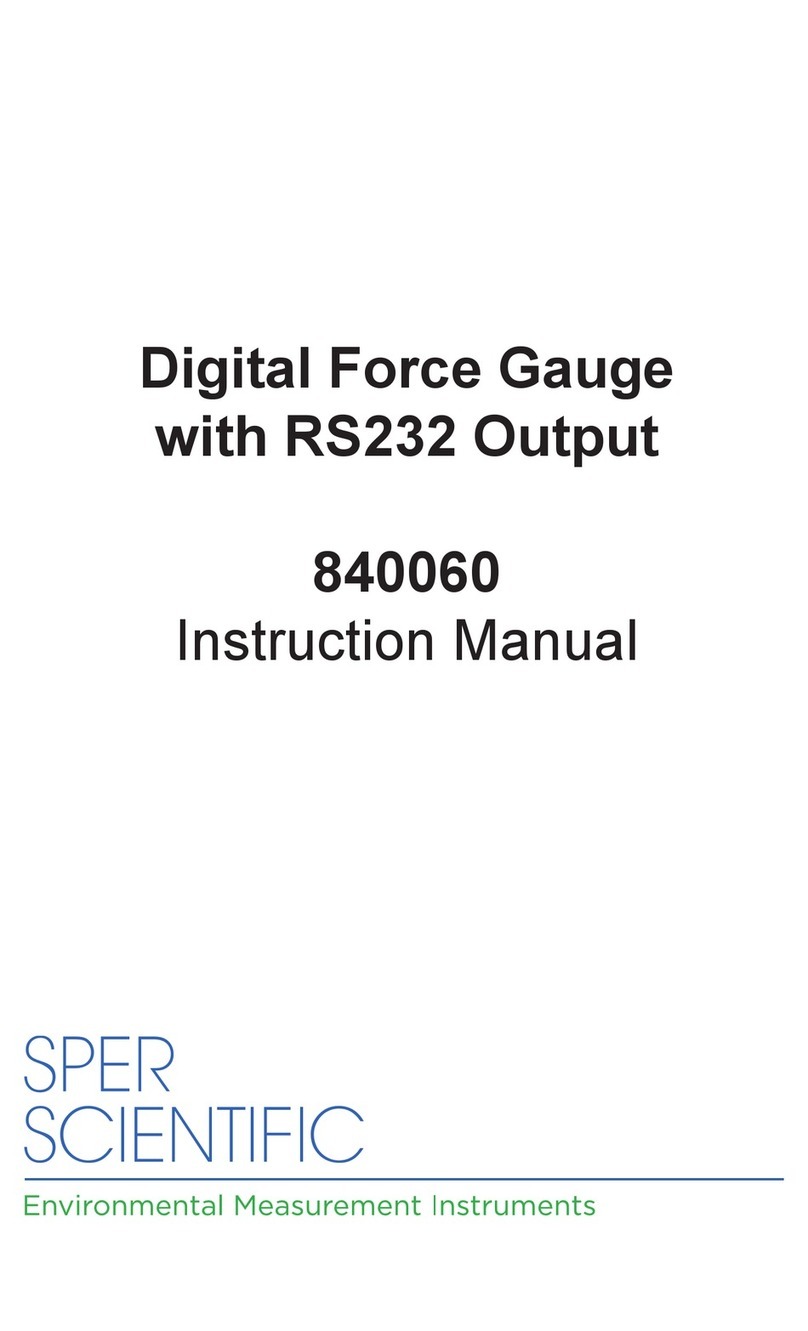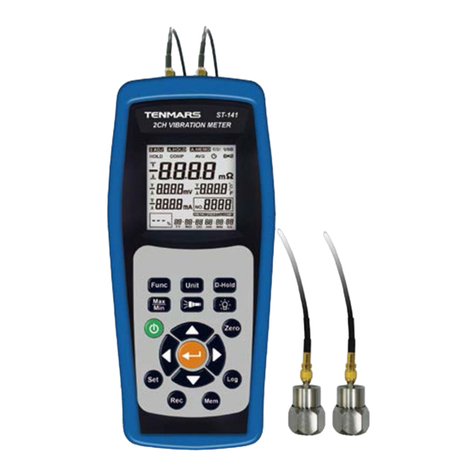
DPM2-P User Manual, 1st Edition
User Manual - DPM2-P Series Digital Panel Meters
16
Example of Configuration:
It is desired to measure the speed in m/s of a conveyor belt which is driven by a shaft turning
at 300 rpm that is 20 cm in diameter and provides 4 pulses per revolution.
In 1 second the shaft will generate 20 pulses (300 rpm = 5 rev/s and each revolution provides
4 pulses). Input frequency is then 20Hz. Belt lineal speed is 3.142 m/s (v = e/t; v = 5 rev x πx
0.2 m/s). The parameters to be configured will be:
Direct proportional variation (dir) ; “FrEC”: 0020 ; (no decimal point) ; “diSP”: 3142 ;
decimal point: 3.142
Examples of Configuration Operating as Frequency Meter:
It is possible to operate as a frequency meter configuring the meter as tachometer (rAtE) and
scaling display properly.
For a mains frequency measurement (60Hz), using high voltage input the parameters to
configure are direct proportional variation (dir) ; “FrEC”: 0600 ; decimal point: 060.0 ;
“diSP”: 0600 ; decimal point: 060.0
Average measurement maximum time (tMAH) and time limit (tLiM) (tachometer
mode only)
The meter configured as tachometer with parameters properly programmed
(“PPr” and “dCP” for rpm mode and “FrEC” and “diSP” for rate mode)
should operate correctly. However, depending on the sensor type, it may be
necessary to modifiy internal measurement times.
After defining decimal point position at the end of the two configuration
routines for rpm and rate modes, it is possible to acces the routine that it is
shown here to modify “tMAH” and “tLiM” parameters by pressing ENTER for
at least 3 seconds.
AVERAGE MEASUREMENT MAXIMUM TIME “tMAH”
With irregular input signals the display may flutter or show unwanted variations
due to the number of input cycles detected at each reading not being equal.
“tMAH” parameter allows to extend the average measurement time in seconds
to increase the signal period measurement time, reducing the possibility of
display variations. A value of 0.0 means that no average will be made and every
measure will be displayed. This parameter can be programmed from 0.1 to 9.9
seconds (0.1s by default).
To help stabilize the display in case of irregular input signals it is recommended to
increment this parameter, taking into account that the display readout will be updated at the
programmed time. This parameter can be reduced, if the input signal is stable at operating
frequency, to increase the display refresh rate.
Once tMAH value is entered, press again ENTER to move to the next step.
tMAH
0.1
tLiM
10
>3s
0000.
dECP



















